23 October 1956 – The Hungarian Revolution and War of Independence (Featuring never-before-seen footage)
- v. Balázs Róbert

- Oct 22
- 7 min read
The 1956 Revolution and War of Independence, also known as the 1956 Uprising, was the Hungarian people's revolt against Stalinist terror and their war of liberation against Soviet occupation. It was one of the most defining events in 20th-century Hungarian history. It began on 23 October 1956 with a peaceful demonstration by university students in Budapest and ended with the crushing of the armed resistance in Csepel on 11 November.
The mass demonstration in Budapest on 23 October escalated into an armed uprising later that night, following the hostile response of the Communist Party leadership and the bloody volley of gunfire against the unarmed crowd. The uprising ultimately triumphed on 30 October with the storming of the Party headquarters. This led to the collapse of the government, the withdrawal of Soviet troops, the restoration of a multi-party system, and the beginning of the country's democratic transformation.
In the first days of November, the new government began negotiations with the Soviet Union for the complete withdrawal of Soviet forces, Hungary’s withdrawal from the Warsaw Pact, and the declaration of the country’s neutrality. However, after initial signs of willingness, the Soviet leadership changed its mind. Once it became clear that the Western powers would not intervene on behalf of Hungary, Soviet troops launched a full-scale, undeclared military invasion of the country in the early hours of 4 November. Hungarian army barracks and airfields were surrounded by Soviet forces.
The Days of the Revolution and War of Independence
23 October – In Budapest, students organise a demonstration in solidarity with the Polish people. The Minister of the Interior initially bans, then permits the protest. Demonstrations take place at the Petőfi statue, the Bem statue, and in front of the Parliament. In a radio broadcast, Ernő Gerő describes the events as an anti-system provocation. The first shots are fired in Debrecen, followed by gunfire in Budapest as forces deployed to guard the Radio building open fire on the crowd. Both Soviet and Hungarian military units are ordered into the capital.
24 October – The insurgents seize the Radio building. Imre Nagy promises a broad democratisation of public life. A ban on gatherings and a curfew are introduced, along with the declaration of martial law. Soviet troops cross the border, and additional forces arrive in Budapest. Delegates sent from Moscow oversee the enforcement of Soviet decisions. Centres of resistance emerge in several parts of the capital. Demonstrations take place in numerous provincial cities, including Debrecen, Győr, Kecskemét, Miskolc, Pécs, and Székesfehérvár.
25 October – Heavy fighting breaks out in Budapest, and demonstrations take place across the country. János Kádár replaces Ernő Gerő as the head of the Party. The strike spreads nationwide. Government forces open fire on protesters near the Parliament. Igazság, the newspaper of the revolutionary Hungarian youth, is published. In several provincial cities — including Győr — armed force is used to disperse the crowds.
26 October – The protests spread across the entire country. An increasing number of workers’ councils and revolutionary committees are formed nationwide. Some soldiers join the uprising, while others remain neutral and do not intervene. A volley of gunfire is fired on demonstrators in Mosonmagyaróvár.
27 October – A new government is formed under the leadership of Imre Nagy. The Minister of Defence orders continued military action against armed revolutionary groups. In several garrisons, local military commanders impose military dictatorship. In some units, revolutionary military councils are elected.
Political prisoners are freed from the prison in Vác. In several provincial towns, national guards are formed from soldiers, university students, and civilians. Live ammunition is fired on protesters in Mórahalom, Kecel, and Berzence.
28 October – In Corvin Alley, Soviet troops are repelled. The political leadership retreats and, contrary to earlier claims of a "counter-revolution," redefines the events as a national democratic movement. A ceasefire is declared, and the curfew is lifted.
The core demands of the revolution are incorporated into the government program. Several dismissed leaders — Ernő Gerő, András Hegedüs, István Bata, and László Piros — flee to Moscow with their families.
Hospitals are treating around 3,500 wounded. The United Nations Security Council places the Hungarian issue on its agenda.
29 October – The disarmament of state security forces begins. A ceasefire is also ordered for the Soviet units fighting in Budapest. Radio Free Europe calls on the insurgents to reject the ceasefire. New Hungarian military units are sent to the capital to replace Soviet troops. The first shipments from the International Red Cross arrive in Budapest. In most provincial cities, order is restored and work resumes.
30 October – The Soviet government issues a statement promising the establishment of equal relations. In Budapest, the withdrawal of Soviet troops begins. Armed groups seize the headquarters of the Budapest Party Committee after a firefight. Imre Nagy announces the end of the one-party system, and the government recognizes the newly formed local self-governing bodies. The Independent Smallholders’ Party and the Social Democratic Party are re-established.
The government announces the abolition of compulsory deliveries (forced agricultural quotas). The organization of a new law enforcement body — the National Guard — begins. Political
prisoners continue to be released from the country’s prisons.
31 October – To facilitate the organization of the National Guard, the Revolutionary Committee of Public Order holds a meeting at the Kilián Barracks. The Revolutionary Defence Committee is established as the supreme body of the army, border guards, and police. Several political parties are re-established: the National Peasant Party (renamed the Petőfi Party), the Christian Democratic Party, and the Peasants’ Federation. The Hungarian team departs for the Melbourne Olympics. The Hungarian Working People’s Party is dissolved, and the Hungarian Socialist Workers’ Party is formed. Meanwhile, the Soviet leadership decides to launch a new military intervention. Soviet troops once again cross the Hungarian border.
1 November – Soviet forces encircle Hungarian airports. Imre Nagy demands the immediate withdrawal of the newly arrived Soviet troops, announces Hungary’s withdrawal from the Warsaw Pact, and proclaims the country’s neutrality. János Kádár and Ferenc Münnich depart for Moscow. New political parties are formed, and new newspapers begin publication. The Hungarian Scout Association is re-established. In the capital, candles are lit in windows as the population commemorates the victims of the recent days. Those who died in the fighting are buried with military honours. Restoration work begins across the country. The organisation of National Guard units accelerates.
2 November – Armed clashes cease, work resumes across the country, and reconstruction begins. A Hungarian delegation is appointed to negotiate the details of the Soviet army's withdrawal. The UN Security Council places the Hungarian issue on the agenda for 4 November and decides on the composition of the Hungarian delegation to travel to the UN General Assembly. The Writers' Union organises a fundraising campaign for the families of those killed. Food shipments arrive in Budapest from the provinces. Preparations continue for a possible renewed Soviet attack.
3 November – The government undergoes reorganisation. In Parliament, Hungarian–Soviet negotiations begin concerning the withdrawal of Soviet troops. At its general assembly, the Committee of Public Order elects Béla Király as Commander-in-Chief of the National Guard. Soviet troops seal off the Austrian border. Cardinal József Mindszenty, recently freed from captivity, addresses the population in a radio broadcast. Members of the Hungarian negotiating delegation are arrested by Soviet state security services in Tököl, at the Soviet military headquarters in Hungary.
4 November – At dawn, a full-scale Soviet offensive is launched against Budapest, and occupying Soviet forces attack across the country. Imre Nagy delivers a dramatic radio address, followed by an announcement of the formation of the Revolutionary Workers’ and Peasants’ Government. Imre Nagy and his family are granted asylum in the Yugoslav embassy building. The forces of the National Guard resist against overwhelming odds. István Bibó drafts a proclamation in the Parliament building and personally delivers it to several Western embassies. Faced with the superior Soviet force, the government and military leadership take all possible steps to bring armed resistance to an end. A majority of the UN Security Council members call on the Soviet Union to halt military operations and withdraw its troops.
The Aftermath of 1956
7 November – János Kádár and his government arrived in Budapest to take the oath of office before István Dobi, President of the Presidential Council. In a telegram addressed to the UN Secretary-General, the new government requested the removal of the Hungarian issue from the agenda. Imre Nagy’s government was declared dismissed.
11 November – Although a few resistance groups, such as the "Invisible Ones of the Mecsek", continued to hold out sporadically, armed fighting came to an end both in the capital and in the countryside. Soviet troops had crushed the Hungarian fight for freedom. Unarmed resistance, however, persisted for several more months.
8 December – A volley of gunfire is fired on demonstrators in Salgótarján.
9–11 December – Authorities use firearms against protesters in Miskolc.
11–12 December – Authorities use firearms against protesters in Eger.
1957
11 January – The last deadly volley fired against demonstrators takes place in Csepel, claiming fatalities.
27 May – A Hungarian–Soviet agreement is signed on the continued stationing of Soviet troops in Hungary.
1958
16 June – Imre Nagy and his associates are executed.
1959
3 April – The first partial amnesty is granted.
1960
1 April – The second partial amnesty is introduced.
1961
26 August – The last group of people tried for their role in the revolution is executed.
1962
20 December – The United Nations General Assembly removes the Hungarian question from its
agenda.
1963
22 March – An amnesty is declared for political convictions related to the 1956 revolution.
1989
23 October – The Republic of Hungary is proclaimed on the anniversary of the 1956 revolution.
1 November – Act XXXVI of 1989 is passed “on remedying convictions related to the 1956 uprising.”

1990
31 March – Act XXVI of 1990 is passed “On the annulment of unlawful convictions handed down between 1945 and 1963.”
8 May – Act XXVIII of 1990 is passed, officially recognising the historical significance of the 1956 October Revolution and War of Independence.

1992
9 March – Act XI of 1992 is passed “On the annulment of convictions for certain crimes against the state and public order committed between 1963 and 1989.”
2000
20 December – Act CXXX of 2000 is passed “On declaring the nullity of convictions related to the reprisals following the 1956 Revolution and War of Independence.”
Facing overwhelming odds and abandoned by the outside world, the heroic revolution of a small nation ultimately failed after several days of fighting. According to declassified statistics released in 1993, 2,652 Hungarians and 720 Soviet citizens were killed in the fighting.
As a consequence of the revolution, approximately 176,000 – and by some estimates up to 200,000 – Hungarians fled the country, the vast majority heading towards Austria. (Some of the refugees later returned.)
"Honour to the heroes!"
Sources Consulted
Horváth Miklós (szerk.): Remény és pokol 1956. Zrínyi Kiadó, Budapest, 2016. / Horváth Miklós – Tulipán Éva: Keresztutak. Magyar Néphadsereg 1956. H&T, Budapest, 2006. / Romsics Ignác (főszerk.): Magyarország története. Akadémiai Kiadó, Budapest, 2007. / Király Tibor et al.: Büntetőeljárási jog. Osiris Kiadó, Budapest, 2003. / Kronológia, 1956.mti.hu. MTI, Budapest, 2006. / Történelmi kronológia, oktober23.kormany.hu. [n.n.], 2013. / Az 1956-os magyar forradalom kronológiája (1953 március - 1963 március). w3.osaarchivum.org [n.n; d.n.]. / Wikipedia







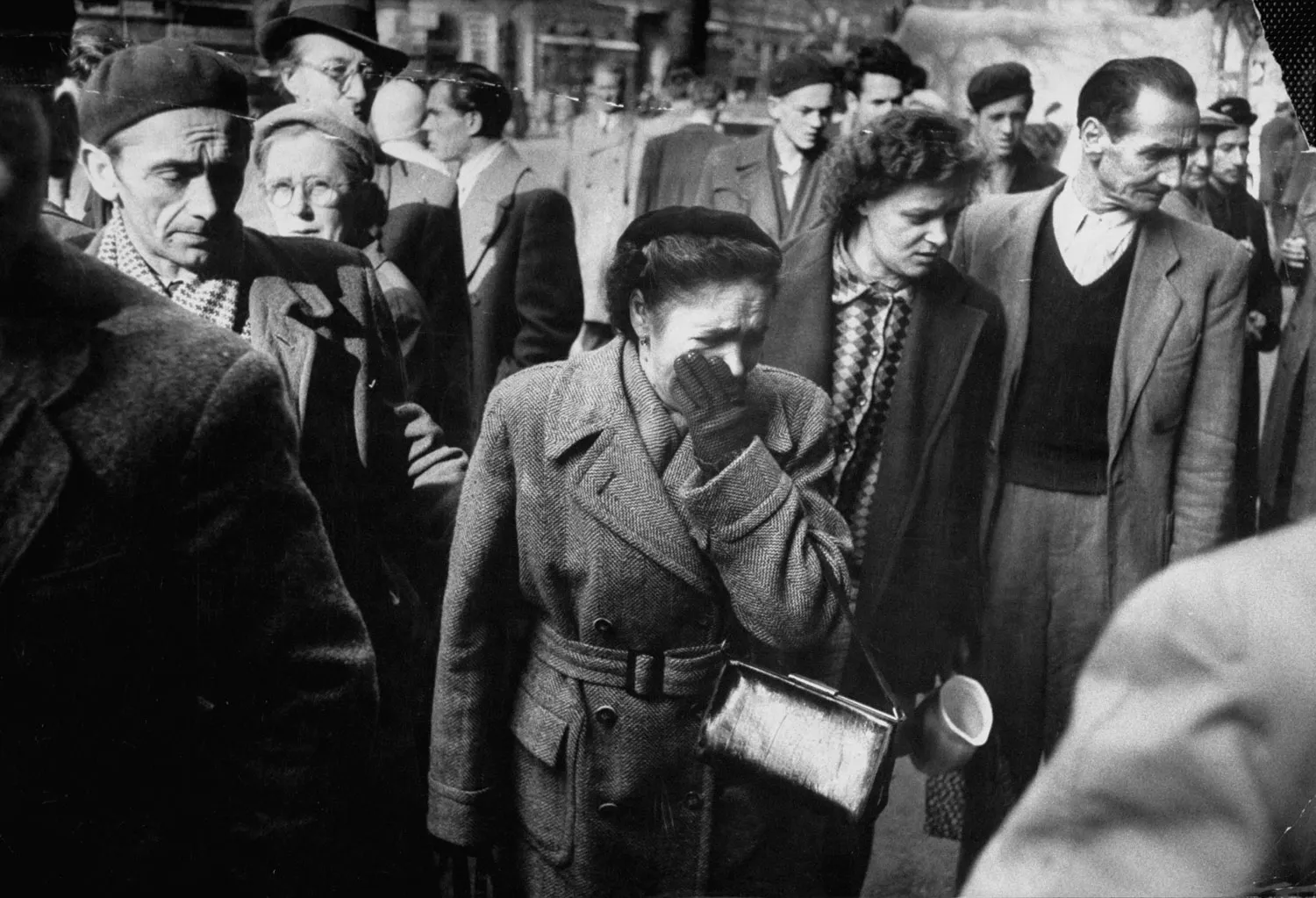
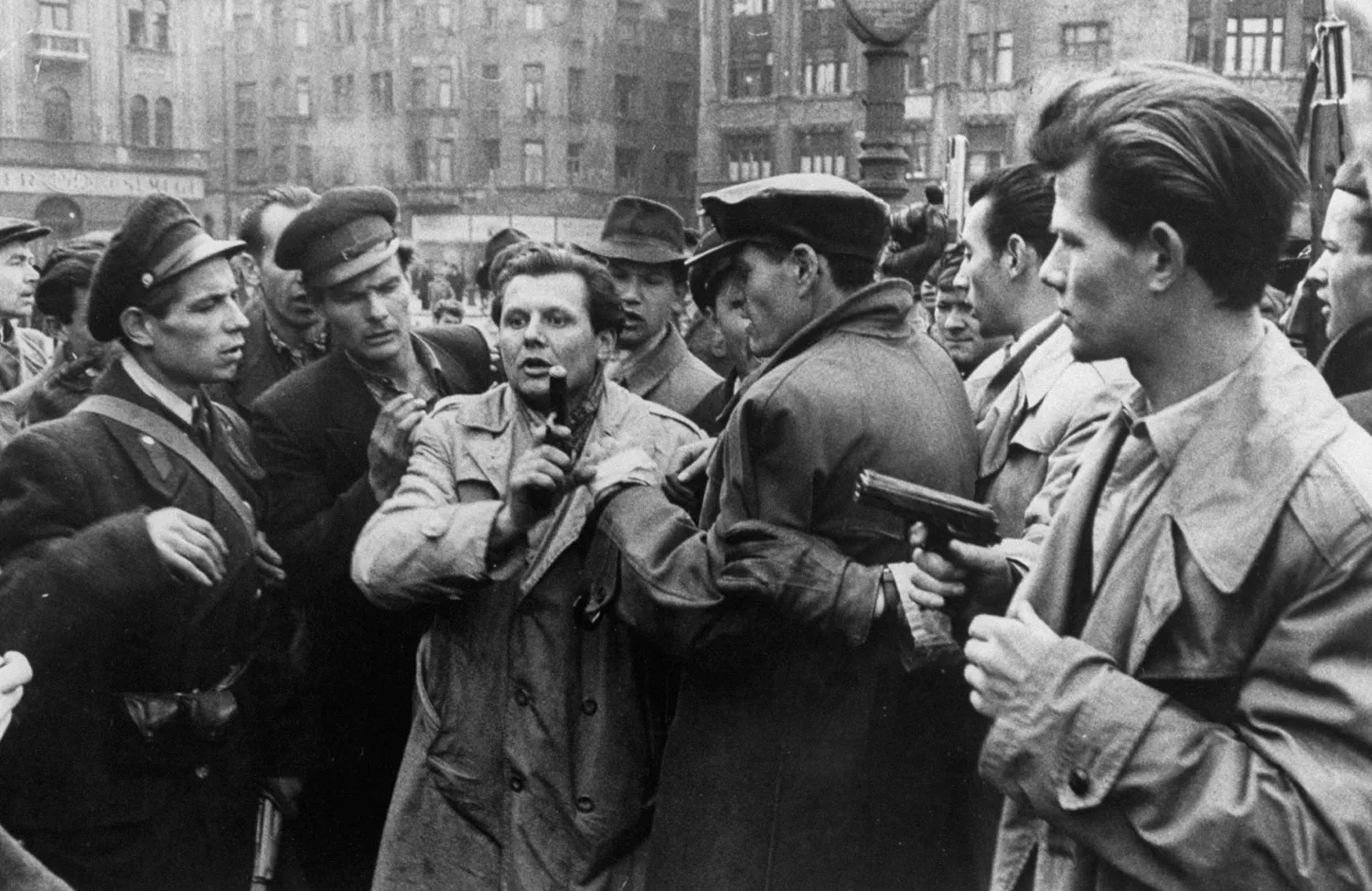



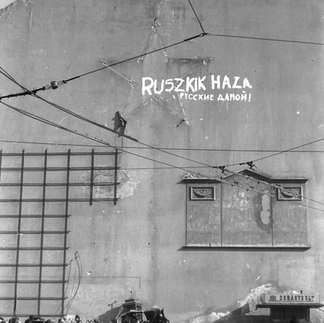

























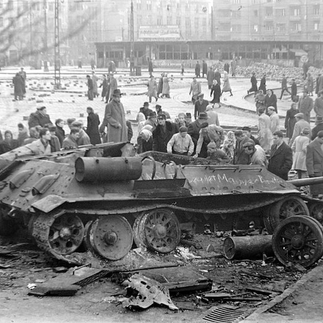


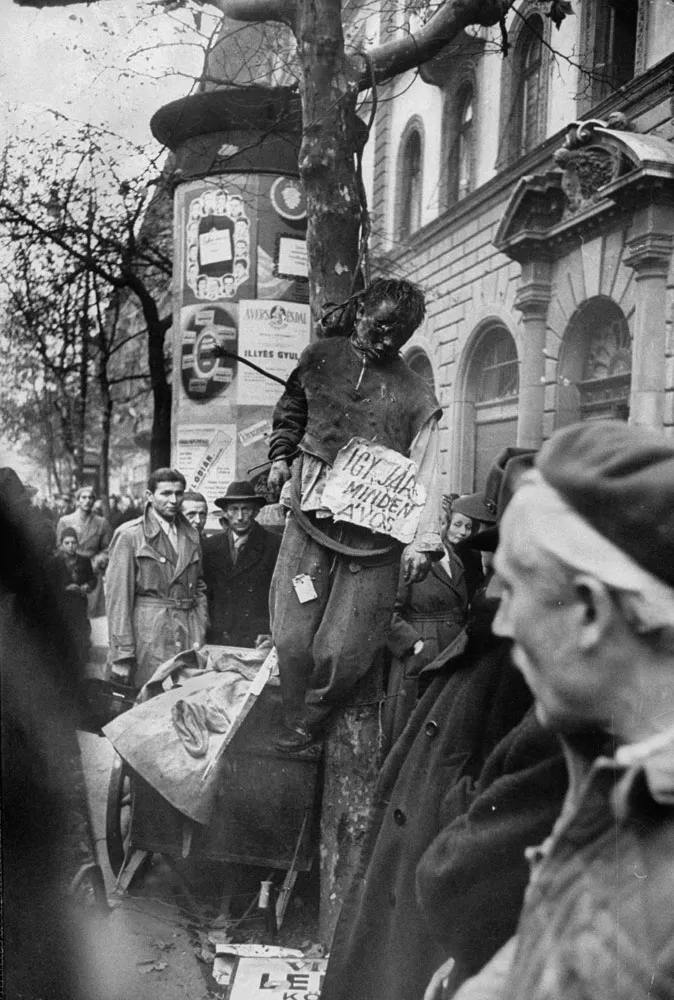
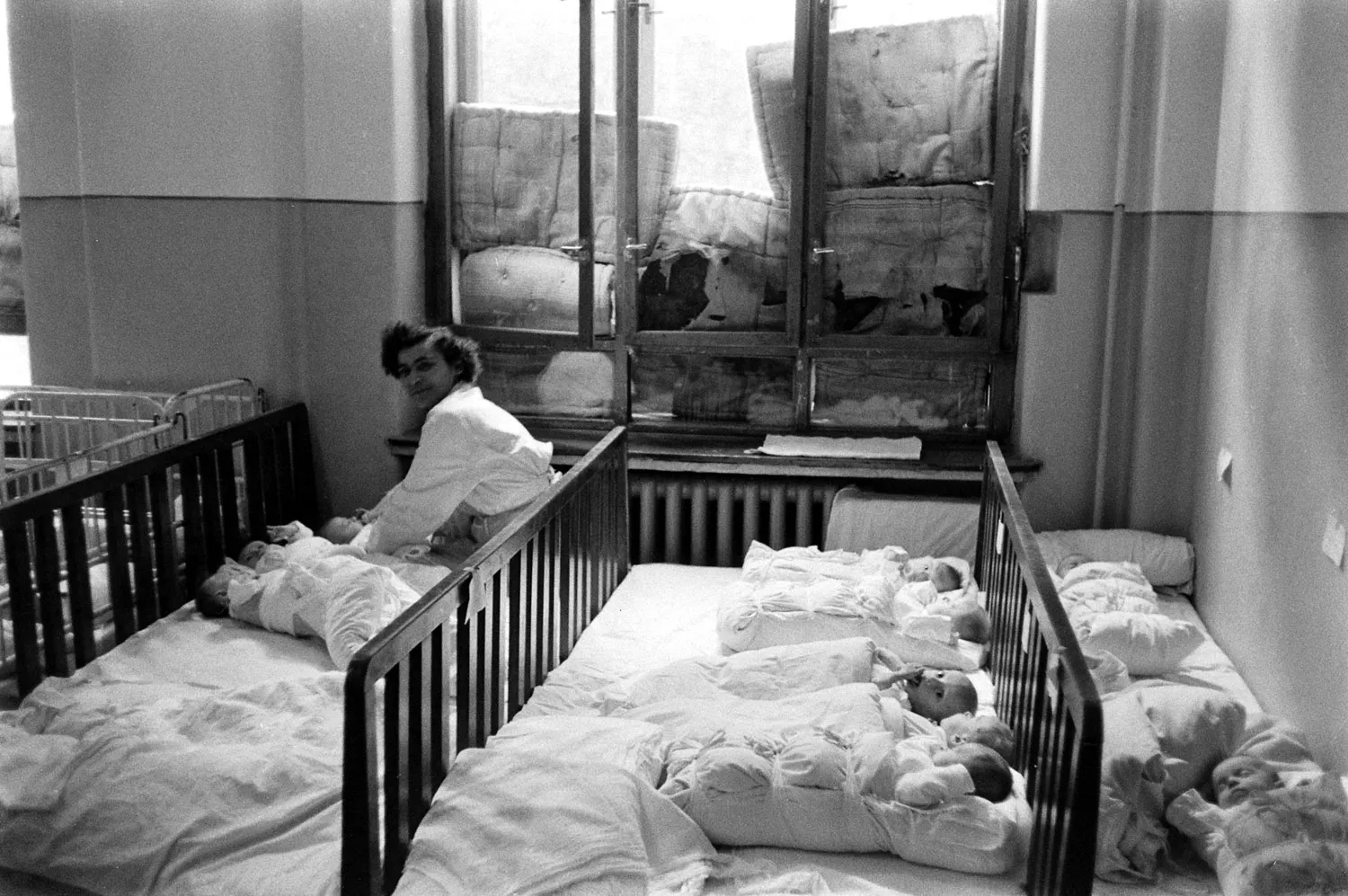
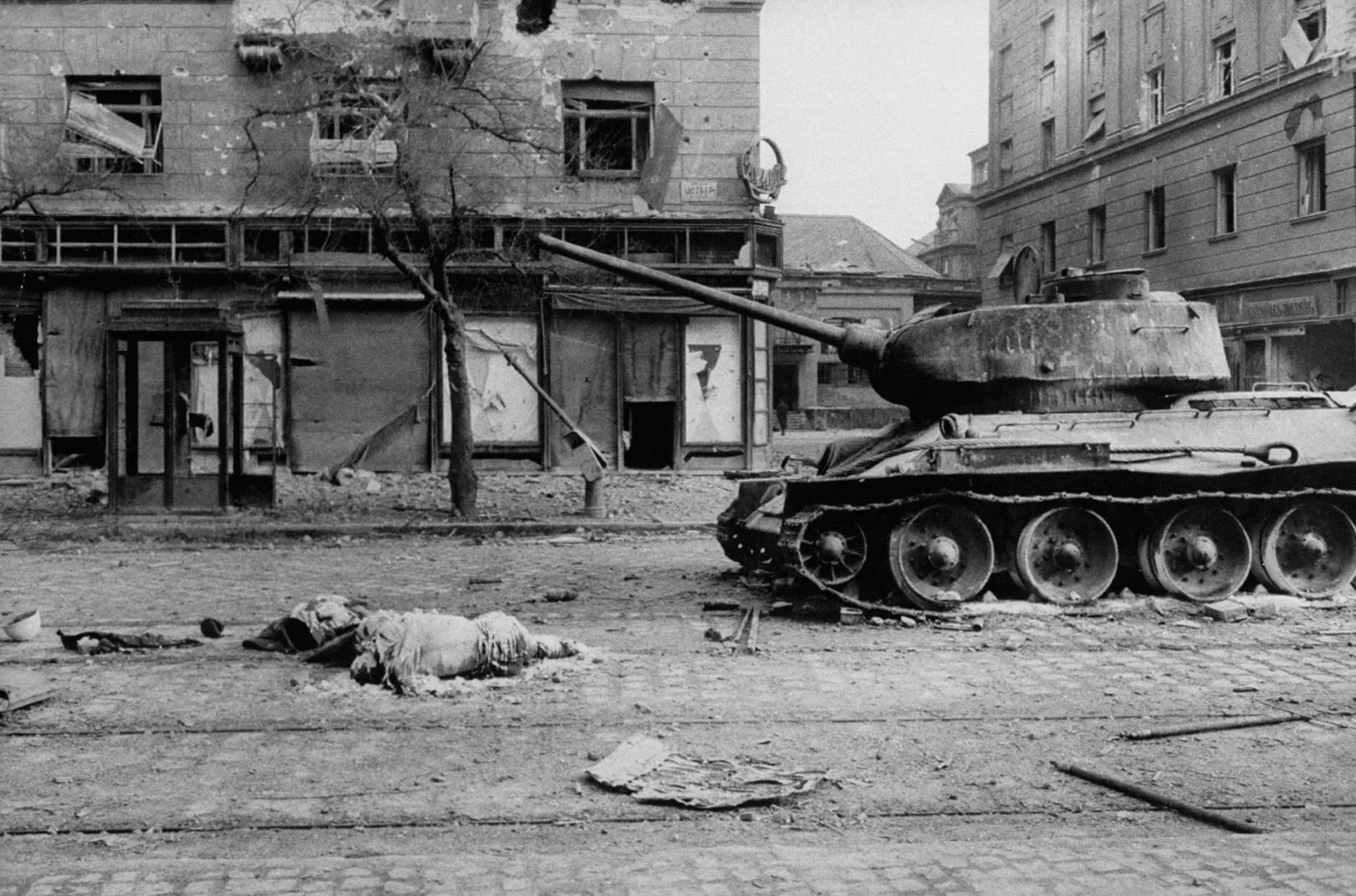
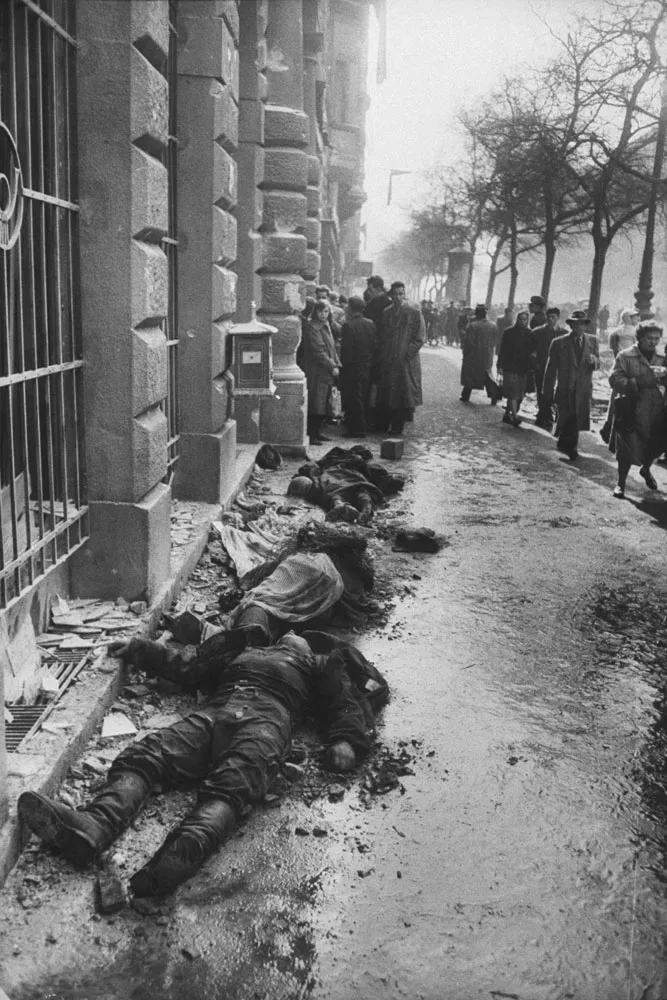
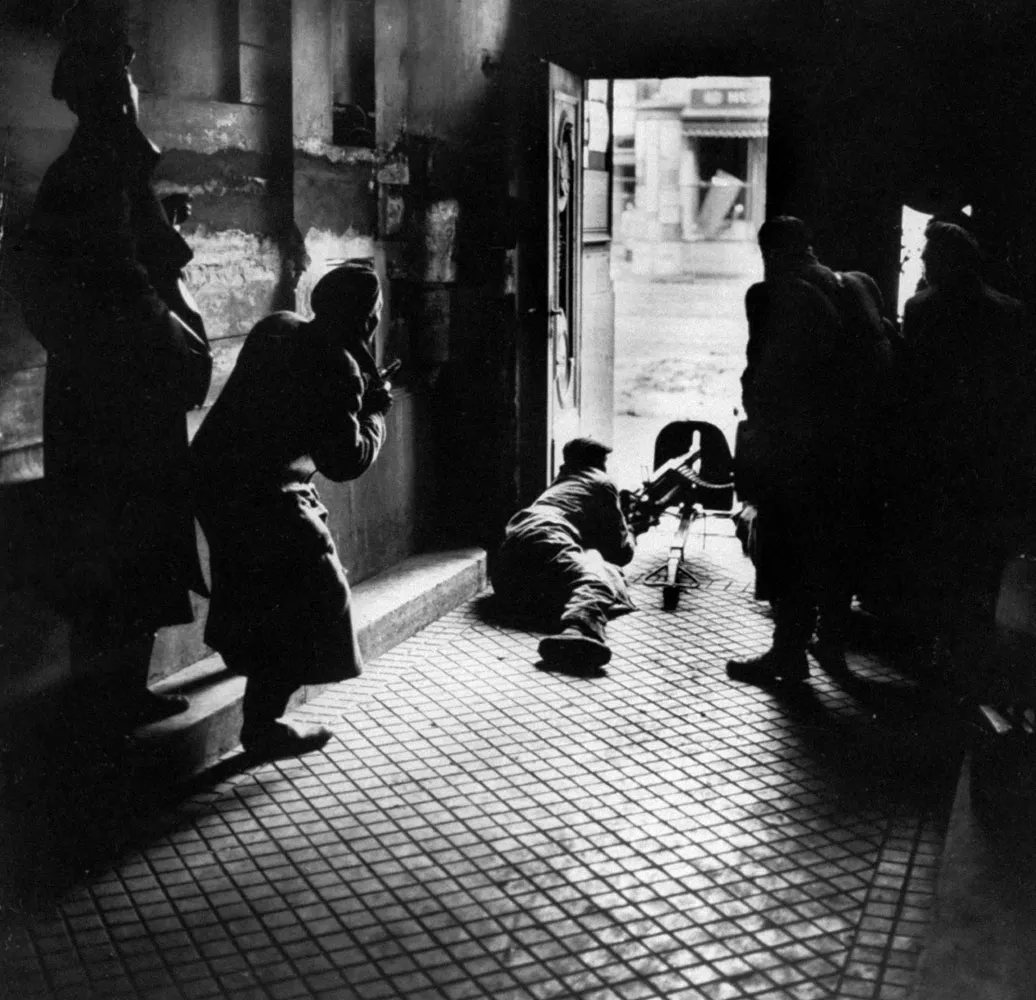
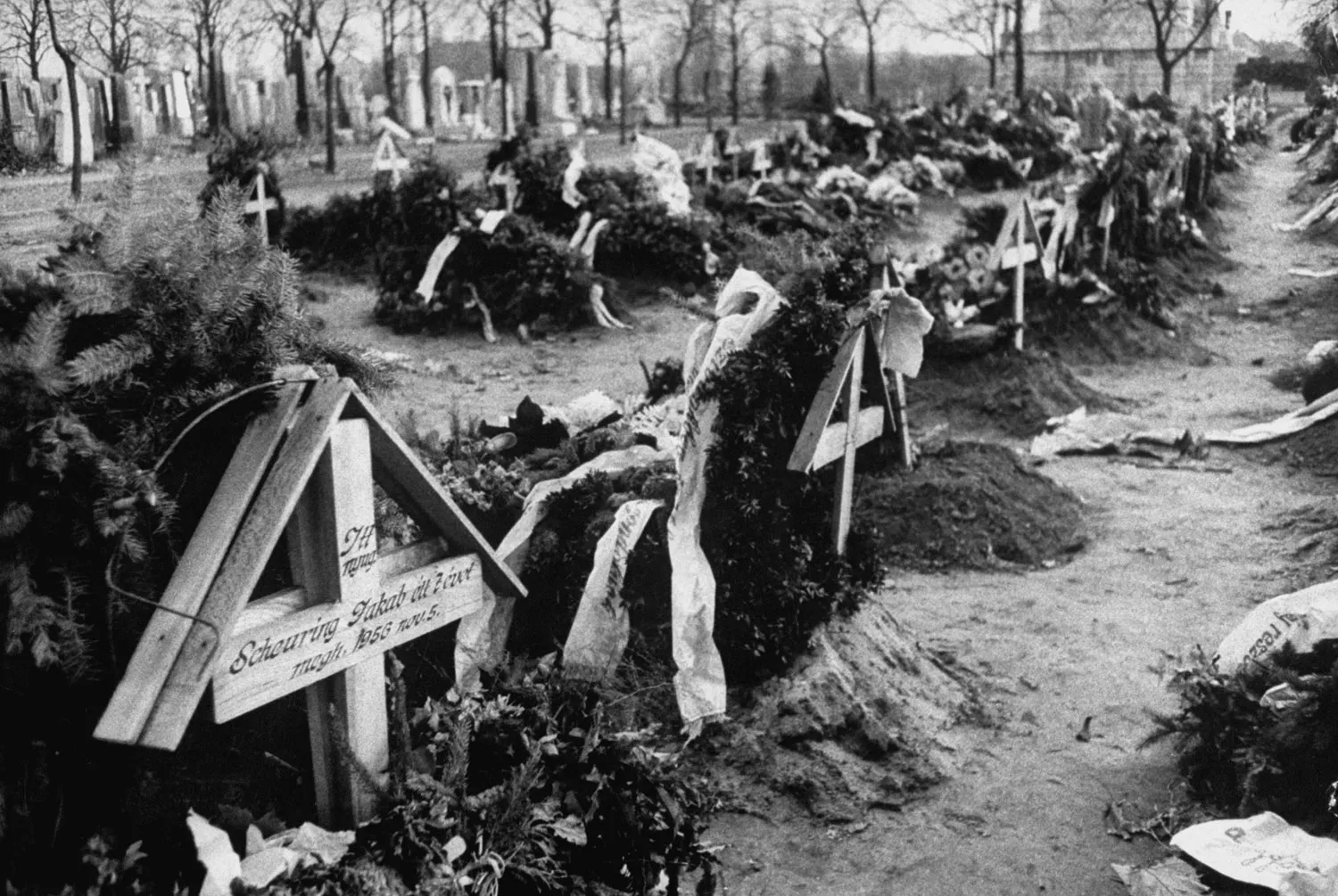
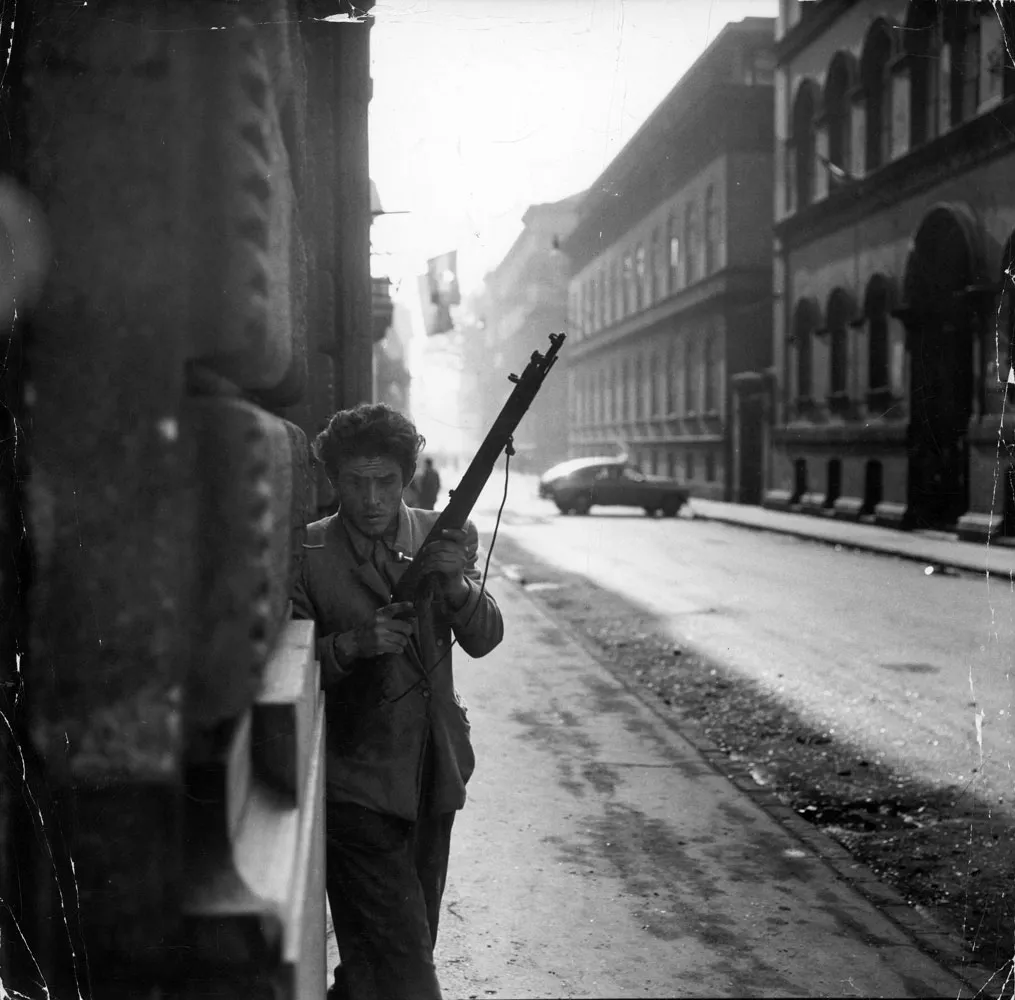
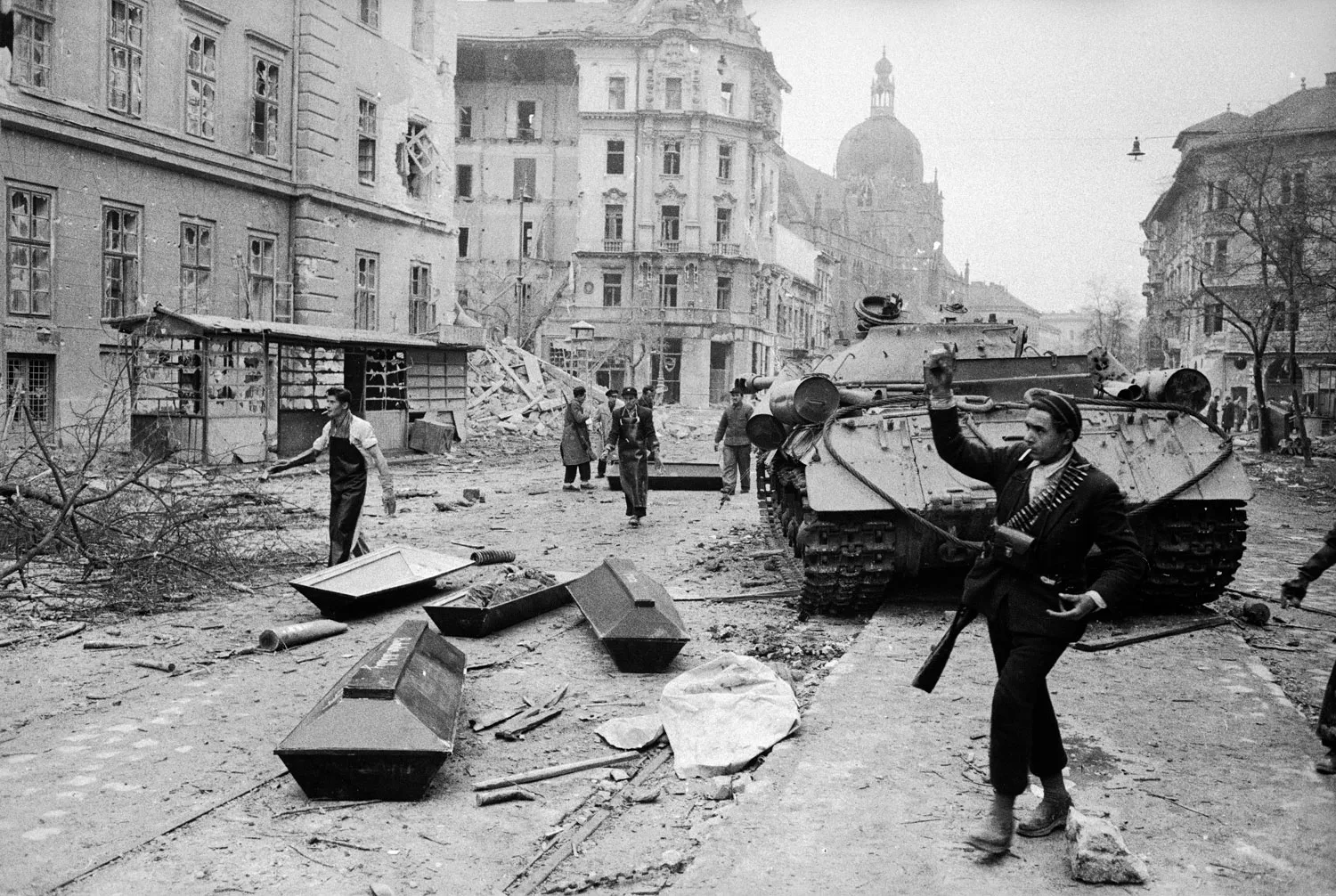
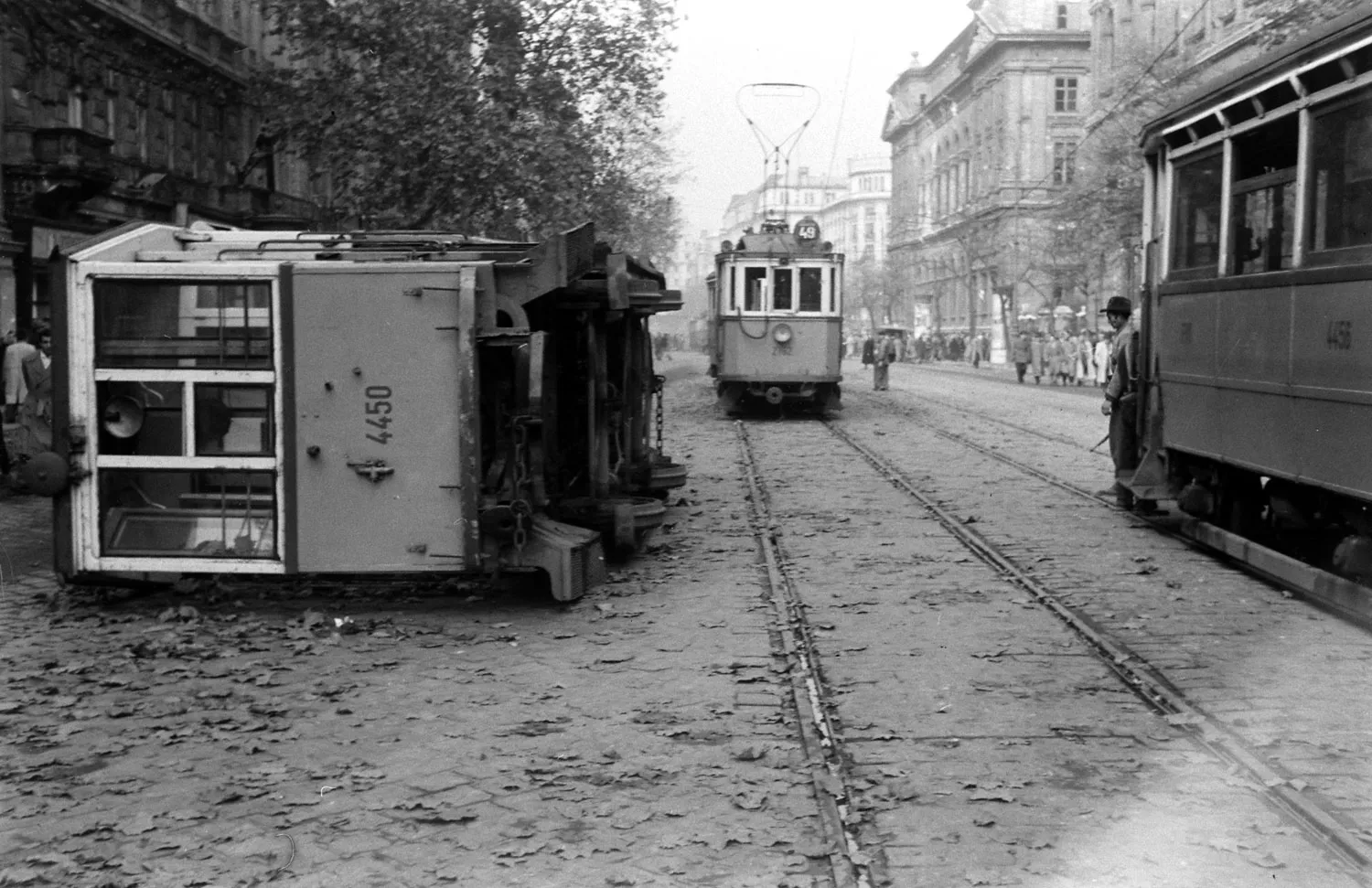
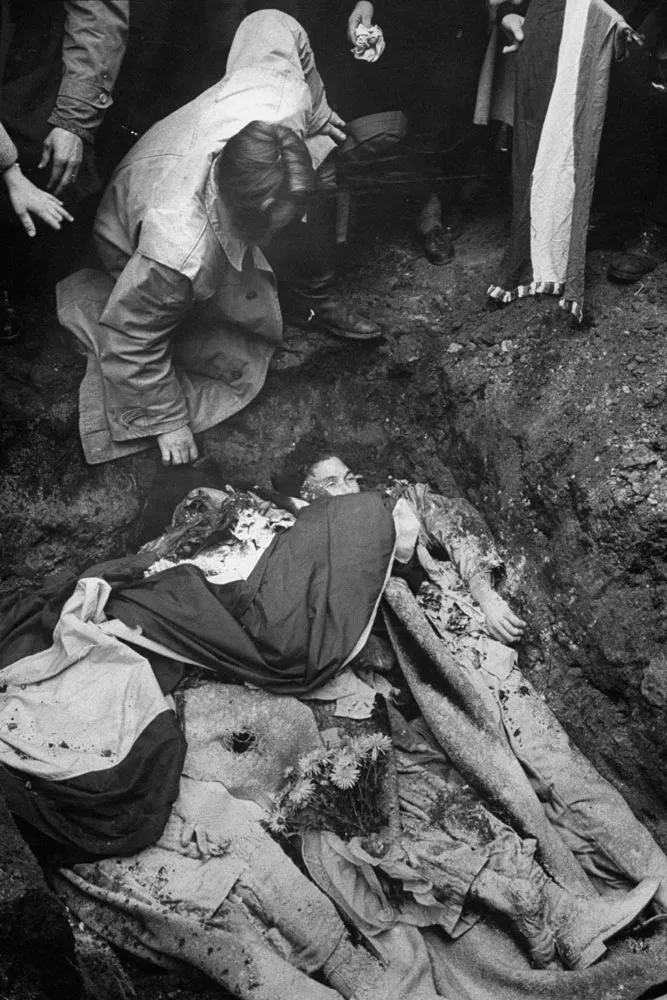
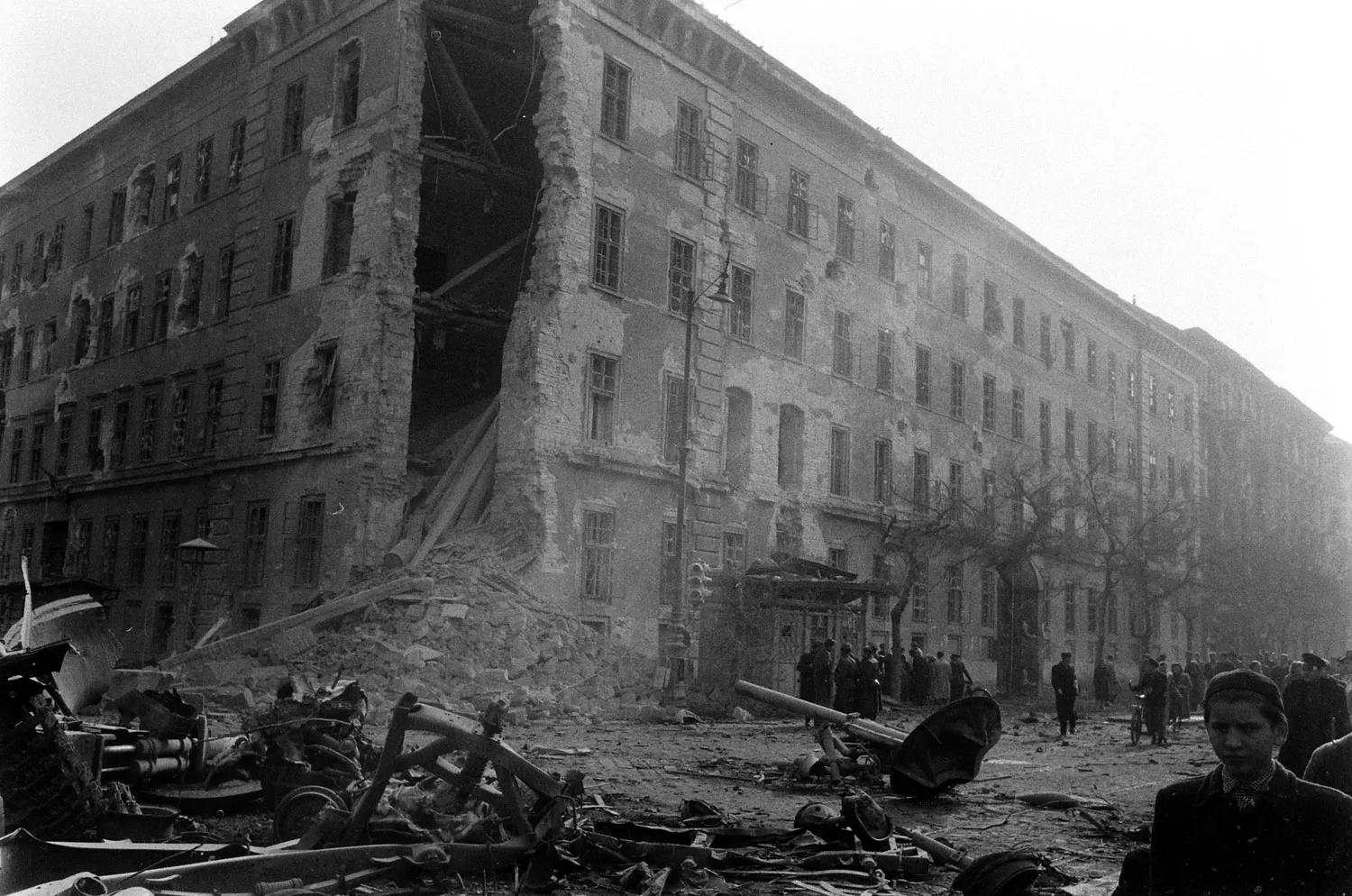

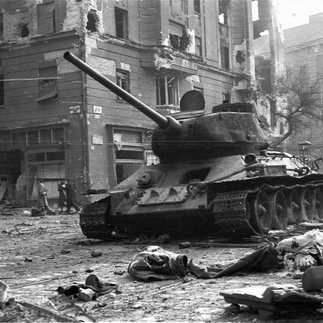
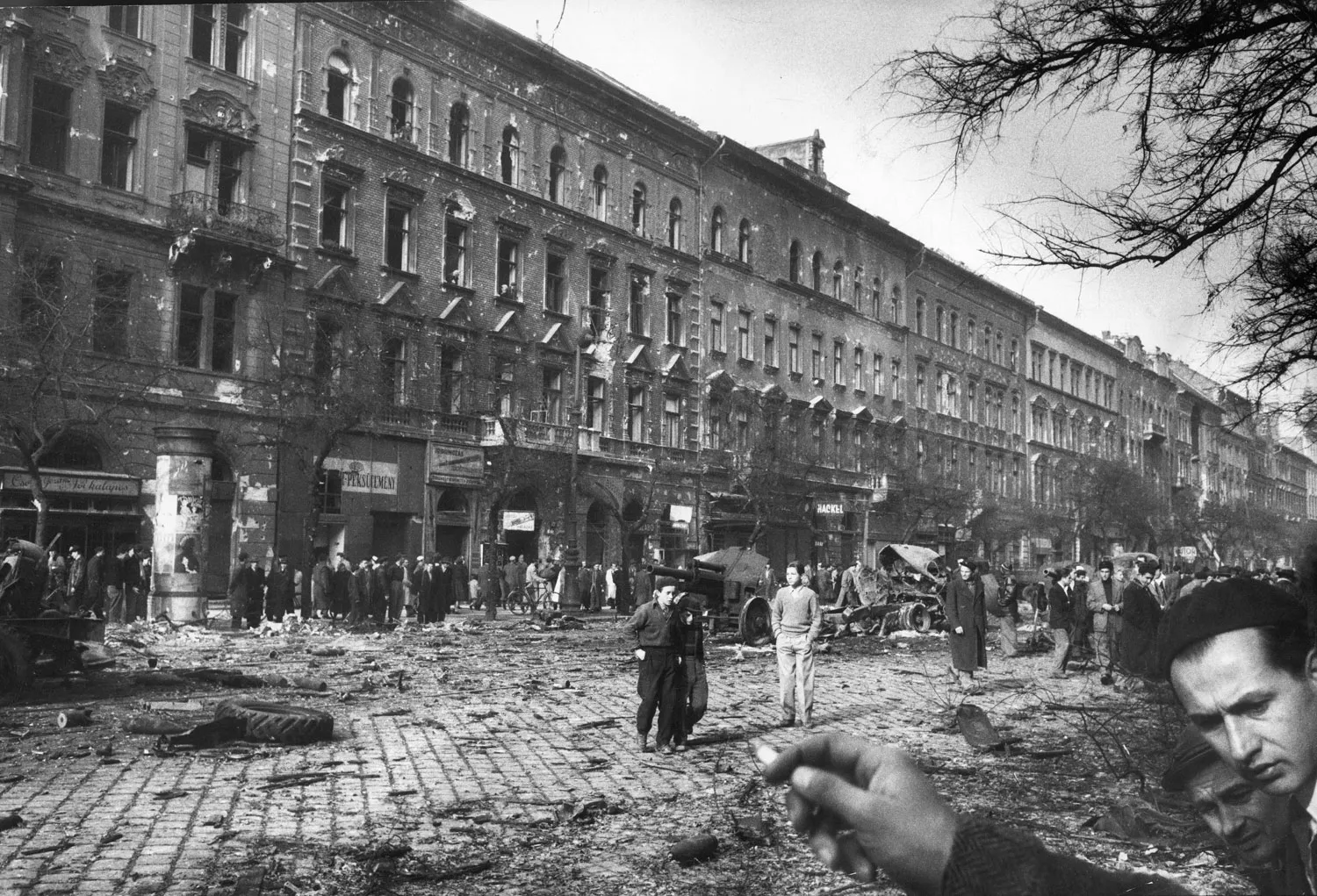

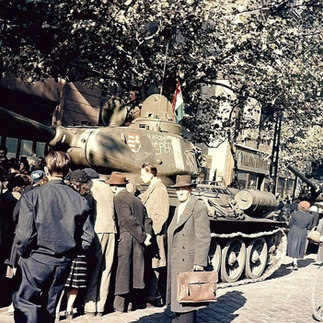











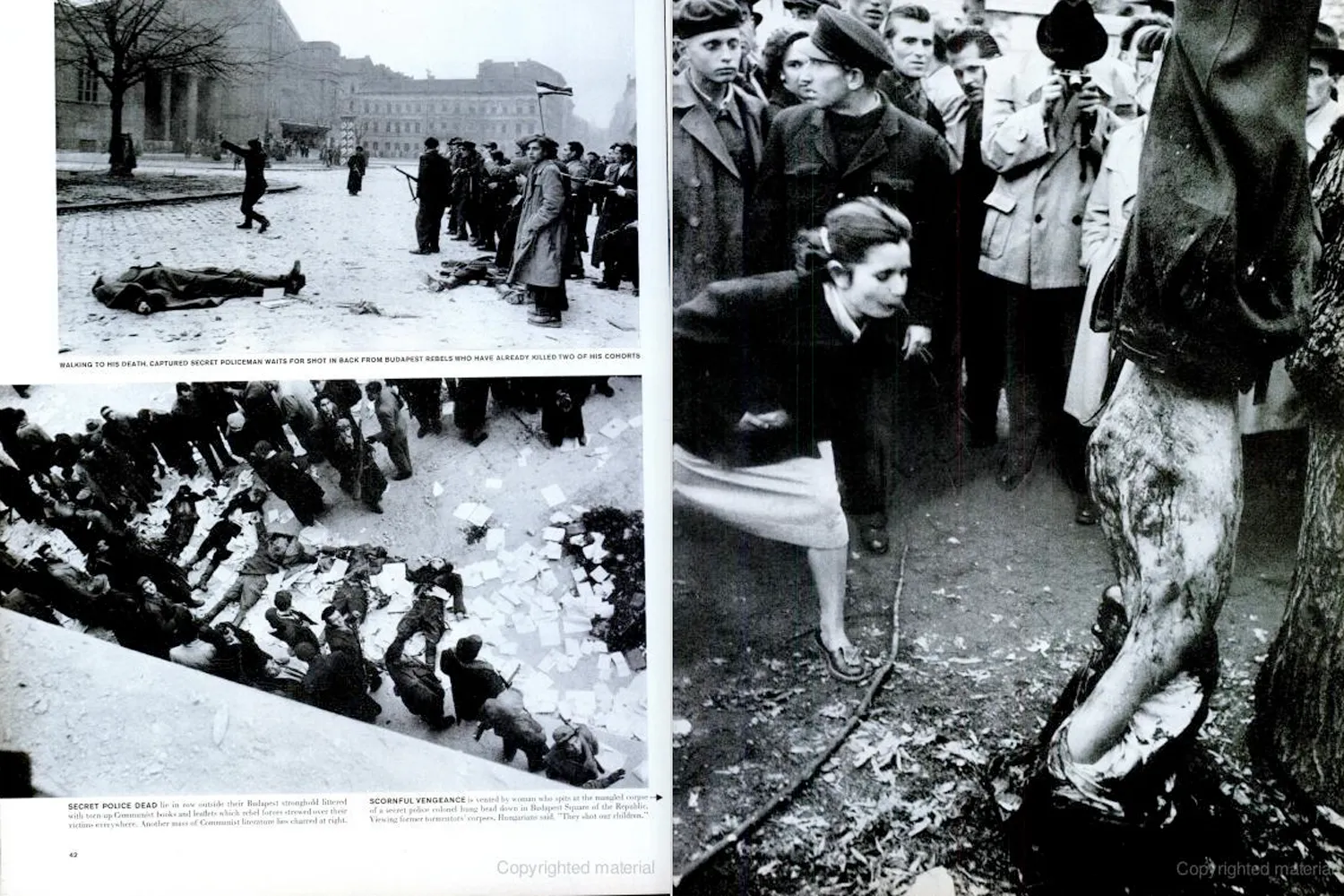
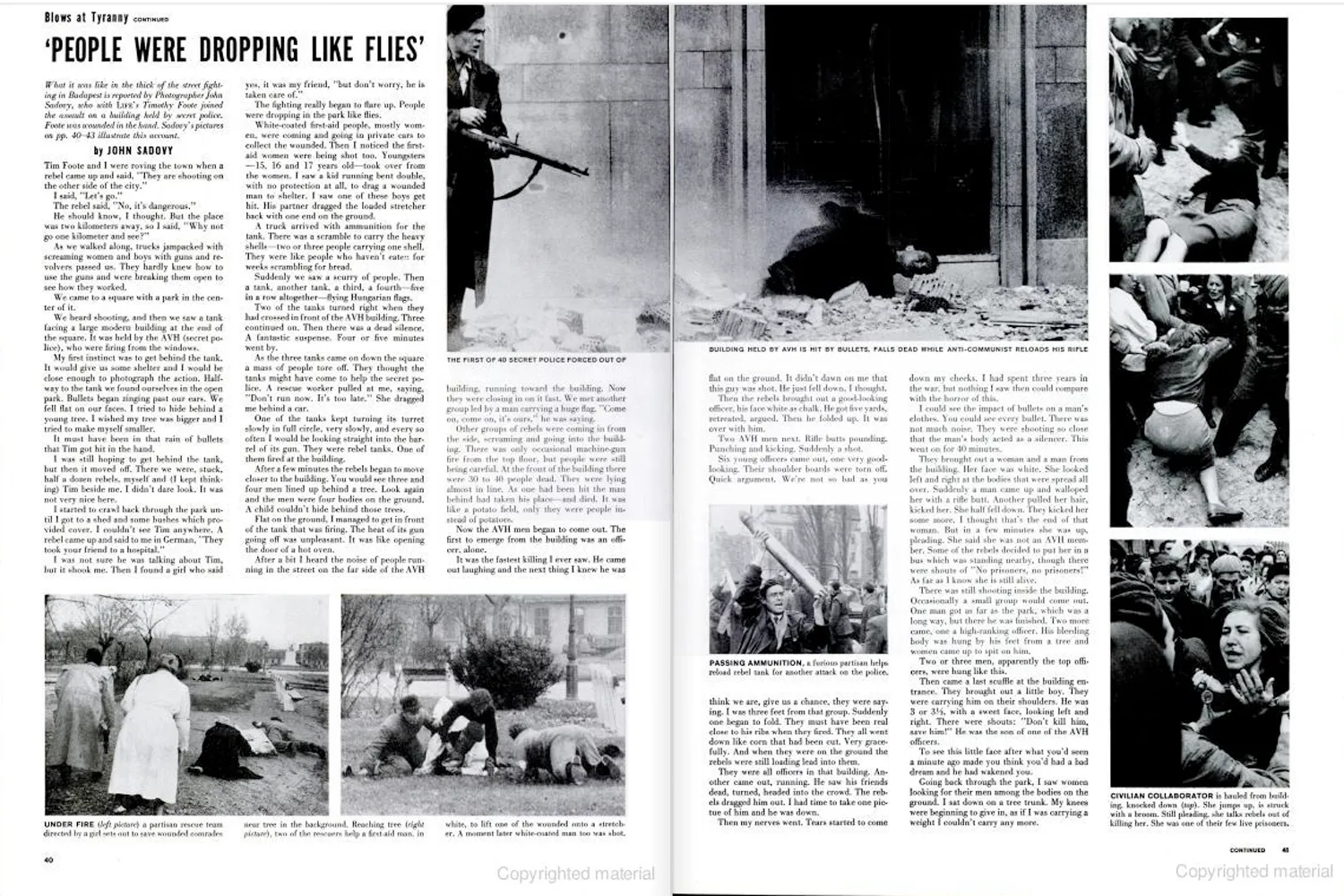
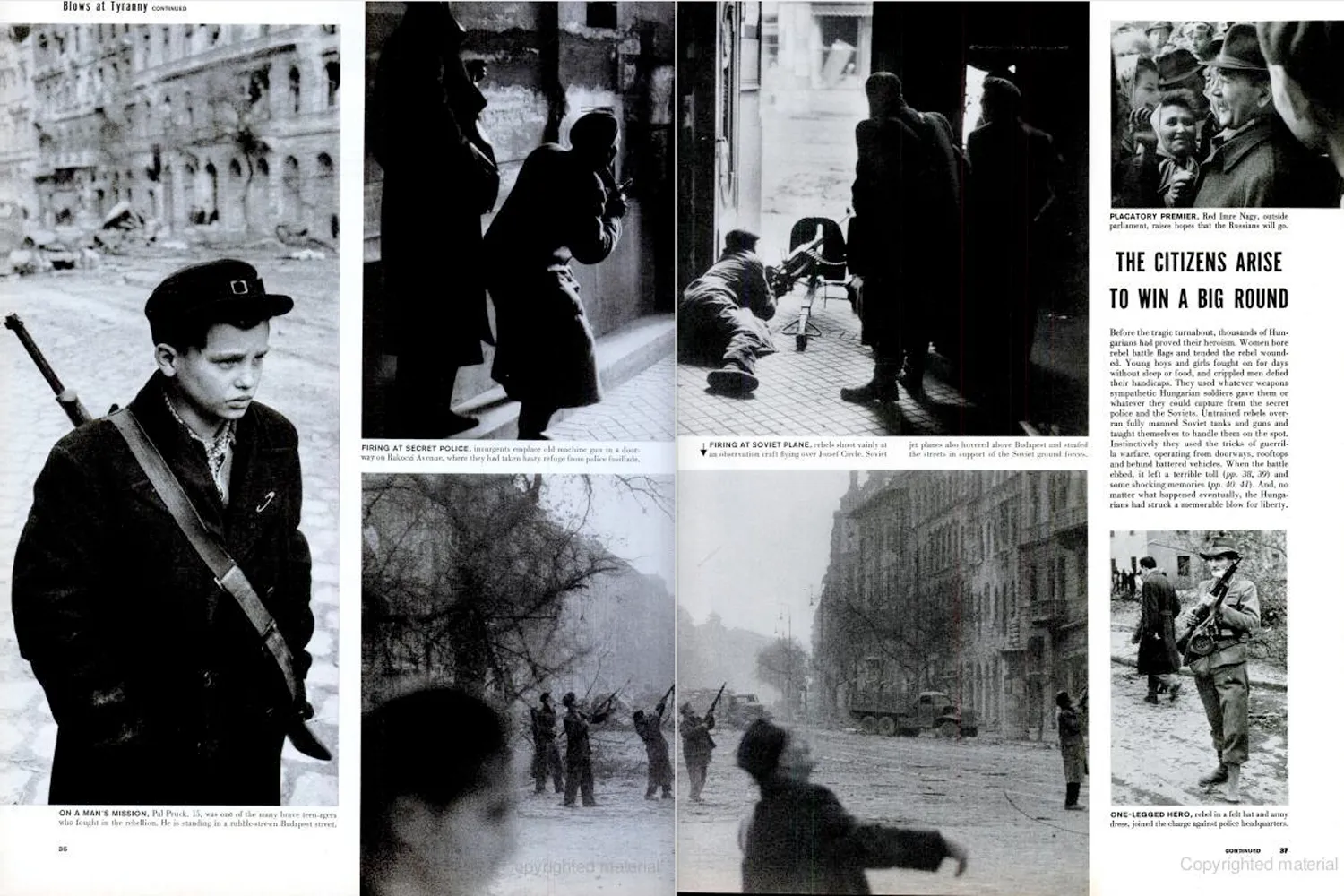
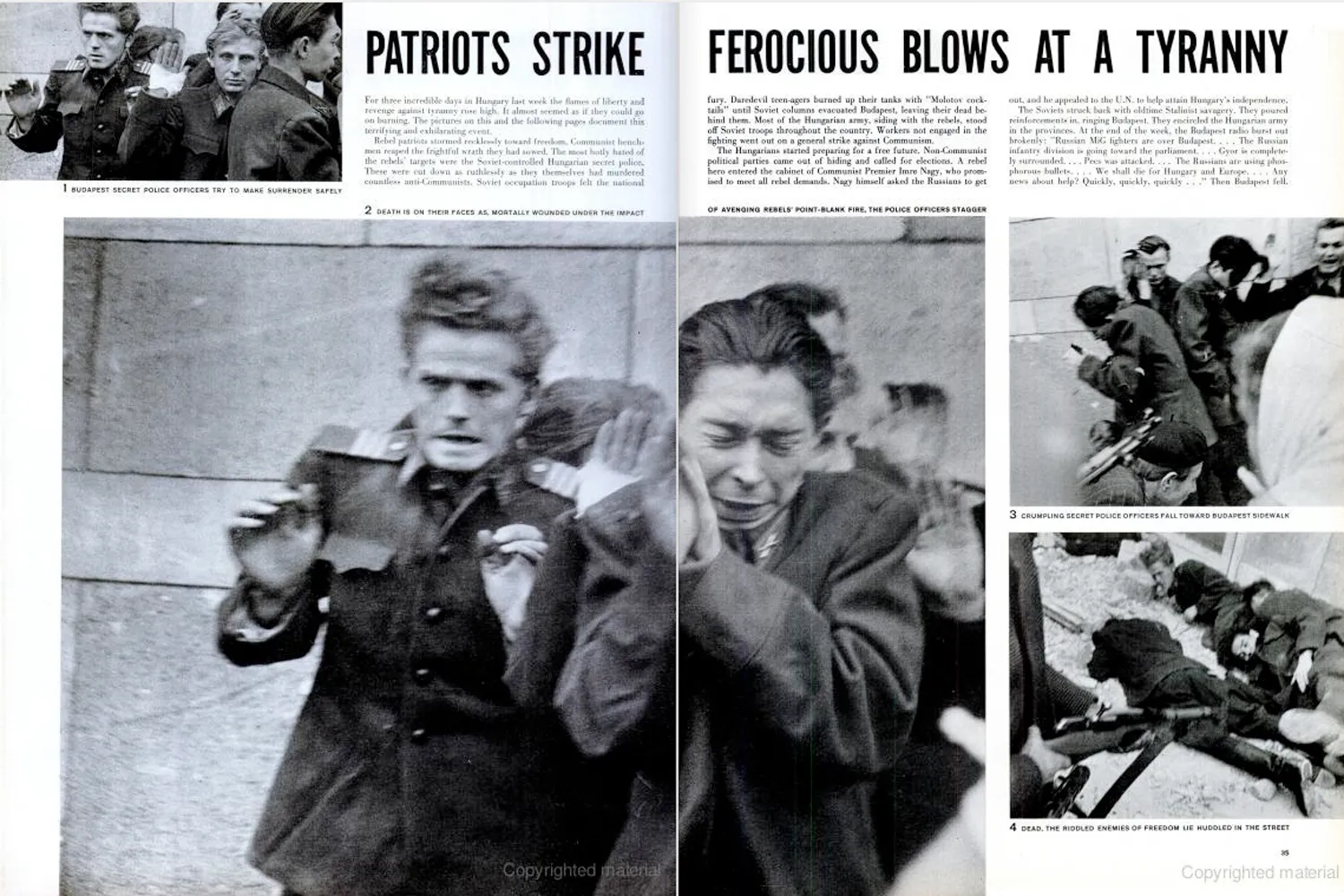





Comments